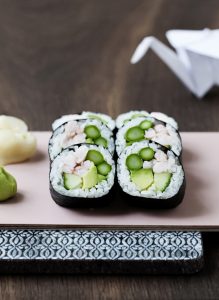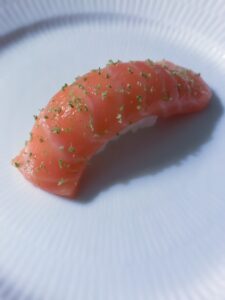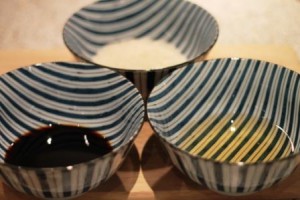
There are more and more people who have noticed black sesame seeds when ordering sushi rolls.
Abroad, black sesame seeds are very common. Several of the Danish sushi restaurants also use black sesame seeds and light sesame seeds mixed together and sprinkled over the sushi rolls.
There is not the big secret behind black sesame seeds. This is not a new variety. It is light sesame seeds that have been colored. Unfortunately, I do not know how they have been colored. Or what has been used to color the sesame seeds.
The taste is the same whether you use light or black sesame seeds.
The reason why some sushi restaurants use a mixture of light and black sesame seeds is because it is decorative and looks great on sushi rolls.
Read more about Sushi course for beginners
_
Zoë has lectured and held sushi courses for A. P. Moller – Maersk, Hugo Boss Nordic, Novo Nordisk, Novartis, Velux, Gorrissen Federspiel, Beierholm revision, Elbek & Vejrup and many more.






